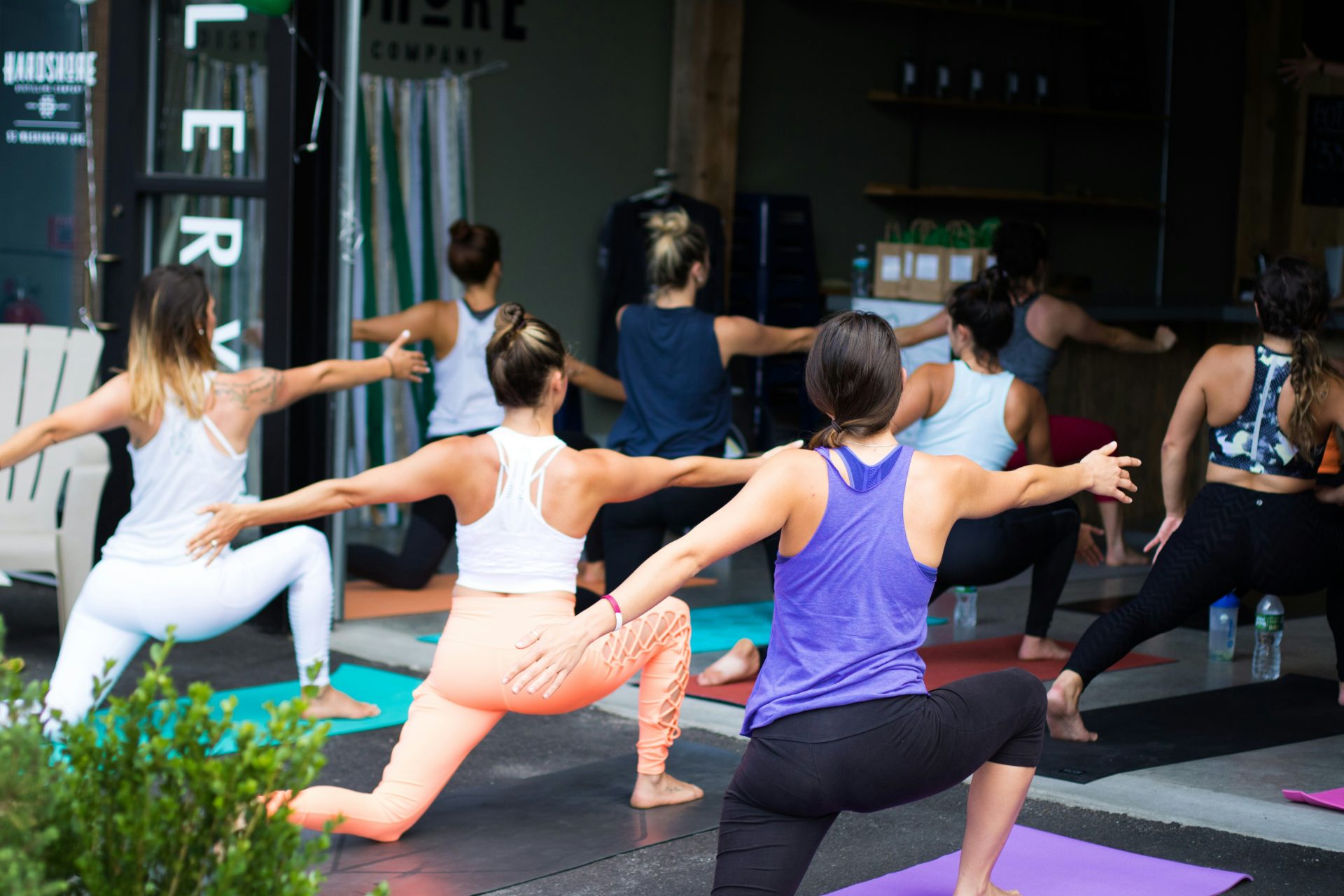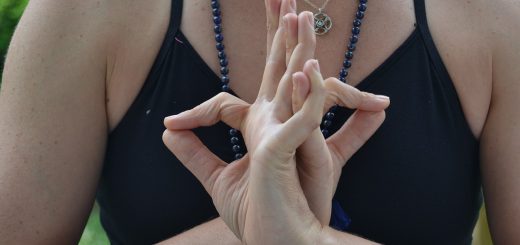Pranayama: Breathing Techniques for Calmness

Hey there, amazing readers! 🖐️ Just a quick note: yes, we know there are a lot of ads here. Trust us, we get it—it’s not the prettiest look, but they help us keep this blog alive and kicking. Those pesky little ads cover the costs of all the behind-the-scenes magic, from hosting and tech stuff to creating content we hope you’ll love.
We’re committed to delivering quality posts, and your support (even just sticking around despite the ads) means everything to us. So, bear with us, and thanks for helping us keep the good vibes rolling. Now, on to the fun stuff! 😉
TRANSLATE BUTTON AT THE END OF THE ARTICLE
Introduction to Pranayama Techniques
Pranayama, a fundamental aspect of yoga, involves controlled breathing techniques aimed at promoting relaxation, clarity of mind, and overall well-being.
Originating from ancient Indian traditions, Pranayama is a powerful tool that can help individuals achieve inner calmness and peace amidst the hustle and bustle of modern life.
By focusing on the breath, practitioners can harness its energy to soothe the mind and create a sense of balance within themselves.
Benefits of Pranayama for Calmness
The practice of Pranayama offers numerous benefits for cultivating calmness.
By regulating the breath, individuals can activate the parasympathetic nervous system, which is responsible for inducing a state of relaxation and reducing stress levels.
Additionally, Pranayama can improve lung function, increase oxygen supply to the brain, and enhance mental clarity.
Regular practice of Pranayama techniques can also help in lowering blood pressure, improving sleep quality, and fostering emotional stability.
Understanding the Science Behind Pranayama
The science behind Pranayama lies in its ability to influence the autonomic nervous system, which controls involuntary bodily functions such as breathing, heart rate, and digestion.
Through specific breathing patterns, Pranayama can activate the parasympathetic nervous system, also known as the rest and digest system, to counteract the effects of the sympathetic nervous system, responsible for the fight-or-flight response.
This balance promotes a sense of calmness and relaxation in the body and mind.
Different Types of Pranayama Techniques
There are various types of Pranayama techniques, each offering unique benefits for calmness and well-being.
Some common Pranayama practices include:
Nadi Shodhana (Alternate Nostril Breathing): Helps balance the left and right hemispheres of the brain, promoting mental clarity and calmness.
Bhastrika Pranayama (Bellows Breath): Increases energy levels and improves focus while calming the mind.
Ujjayi Pranayama (Victorious Breath): Creates a soothing sound during breathing, aiding in relaxation and concentration.
Sheetali Pranayama (Cooling Breath): Cools the body and mind, reducing stress and promoting a sense of calmness.
How to Practice Pranayama Safely
To practice Pranayama safely and effectively, it is essential to follow these guidelines:
Find a quiet and comfortable space for practice.
Begin with a few minutes of deep breathing to prepare the body.
Start with simple Pranayama techniques and gradually progress to more advanced practices.
Listen to your body and avoid forcing or straining during breathing exercises.
If you have any respiratory or cardiovascular conditions, consult a healthcare professional before starting Pranayama practice.
Incorporating Pranayama into Daily Routine
Incorporating Pranayama into your daily routine can have profound effects on your overall well-being and sense of calmness.
Set aside a few minutes each day to practice Pranayama techniques, either in the morning to start your day with clarity or in the evening to unwind and relax before bedtime.
By making Pranayama a regular part of your routine, you can experience lasting benefits for your physical, mental, and emotional health.
Tips for Beginners in Pranayama
For beginners looking to explore Pranayama for calmness, here are some helpful tips to get started:
Start with simple breathing exercises like deep belly breathing.
Focus on the quality of your breath rather than trying to control it.
Practice Pranayama in a comfortable seated position with a straight spine.
Be patient with yourself and allow time to develop a consistent practice.
Seek guidance from a qualified yoga instructor or Pranayama expert for proper techniques and guidance.
Common Mistakes to Avoid in Pranayama
When practicing Pranayama for calmness, it is important to avoid common mistakes that can hinder the effectiveness of the practice.
Some common errors to watch out for include:
Holding the breath for too long, which can lead to dizziness or discomfort.
Breathing too forcefully or rapidly, which can cause tension in the body.
Neglecting proper posture and alignment during breathing exercises.
Overexerting yourself or pushing beyond your limits during Pranayama practice.
Practicing Pranayama in a distracted or stressed state, which can diminish its benefits.
Advanced Pranayama Techniques for Calmness
For those looking to deepen their Pranayama practice and enhance their sense of calmness, advanced techniques can offer a new level of mindfulness and relaxation.
Some advanced Pranayama practices include:
Kapalabhati Pranayama (Skull Shining Breath): Invigorates the mind and body while promoting clarity and focus.
Sitali Pranayama (Cooling Breath): Calms the nervous system and reduces heat in the body.
Bhramari Pranayama (Bee Breath): Soothes the mind and releases tension, promoting inner peace and calmness.
Combining Pranayama with Meditation
Pranayama can be a powerful complement to meditation practices, enhancing the benefits of both disciplines for calmness and mental clarity.
By combining Pranayama with meditation, individuals can deepen their focus, cultivate mindfulness, and experience a profound sense of inner peace.
Begin your meditation session with a few minutes of Pranayama to center yourself and prepare your mind for a more profound meditation experience.
Seeking Guidance from a Pranayama Instructor
For those interested in exploring Pranayama techniques for calmness, seeking guidance from a qualified Pranayama instructor or yoga teacher can provide invaluable support and expertise.
A knowledgeable instructor can help tailor a Pranayama practice to suit your individual needs, ensure proper technique and alignment, and offer guidance on how to progress in your practice safely and effectively.
By learning from a skilled instructor, you can deepen your understanding of Pranayama and experience its full benefits for calmness and well-being.
Conclusion: Embracing Calmness Through Pranayama
In conclusion, Pranayama offers a rich tapestry of breathing techniques that can lead to enhanced calmness, mental clarity, and overall well-being.
By incorporating Pranayama into your daily routine, you can navigate the complexities of modern life with a sense of peace and balance.
Whether you are a beginner exploring basic techniques or an advanced practitioner delving into more intricate practices, the benefits of Pranayama for calmness are abundant and transformative.
Embrace the power of your breath, and unlock the secrets of inner peace through the practice of Pranayama.

The Enlightenment Journey is a remarkable collection of writings authored by a distinguished group of experts in the fields of spirituality, new age, and esoteric knowledge.
This anthology features a diverse assembly of well-experienced authors who bring their profound insights and credible perspectives to the forefront.
Each contributor possesses a wealth of knowledge and wisdom, making them authorities in their respective domains.
Together, they offer readers a transformative journey into the realms of spiritual growth, self-discovery, and esoteric enlightenment.
The Enlightenment Journey is a testament to the collective expertise of these luminaries, providing readers with a rich tapestry of ideas and information to illuminate their spiritual path.
Our Diverse Expertise 🌟
While our primary focus is on spirituality and esotericism, we are equally passionate about exploring a wide range of other topics and niches 🌍📚. Our experienced team is dedicated to delivering high-quality, informative content across various subjects ✨.
To ensure we provide the most accurate and valuable insights, we collaborate with trusted experts in their respective domains 🧑🏫👩🏫. This allows us to offer well-rounded perspectives and knowledge to our readers.
Our blog originally focused on spirituality and metaphysics, but we’ve since expanded to cover a wide range of niches. Don’t worry—we continue to publish a lot of articles on spirituality! Frequently visit our blog to explore our diverse content and stay tuned for more insightful reads.






